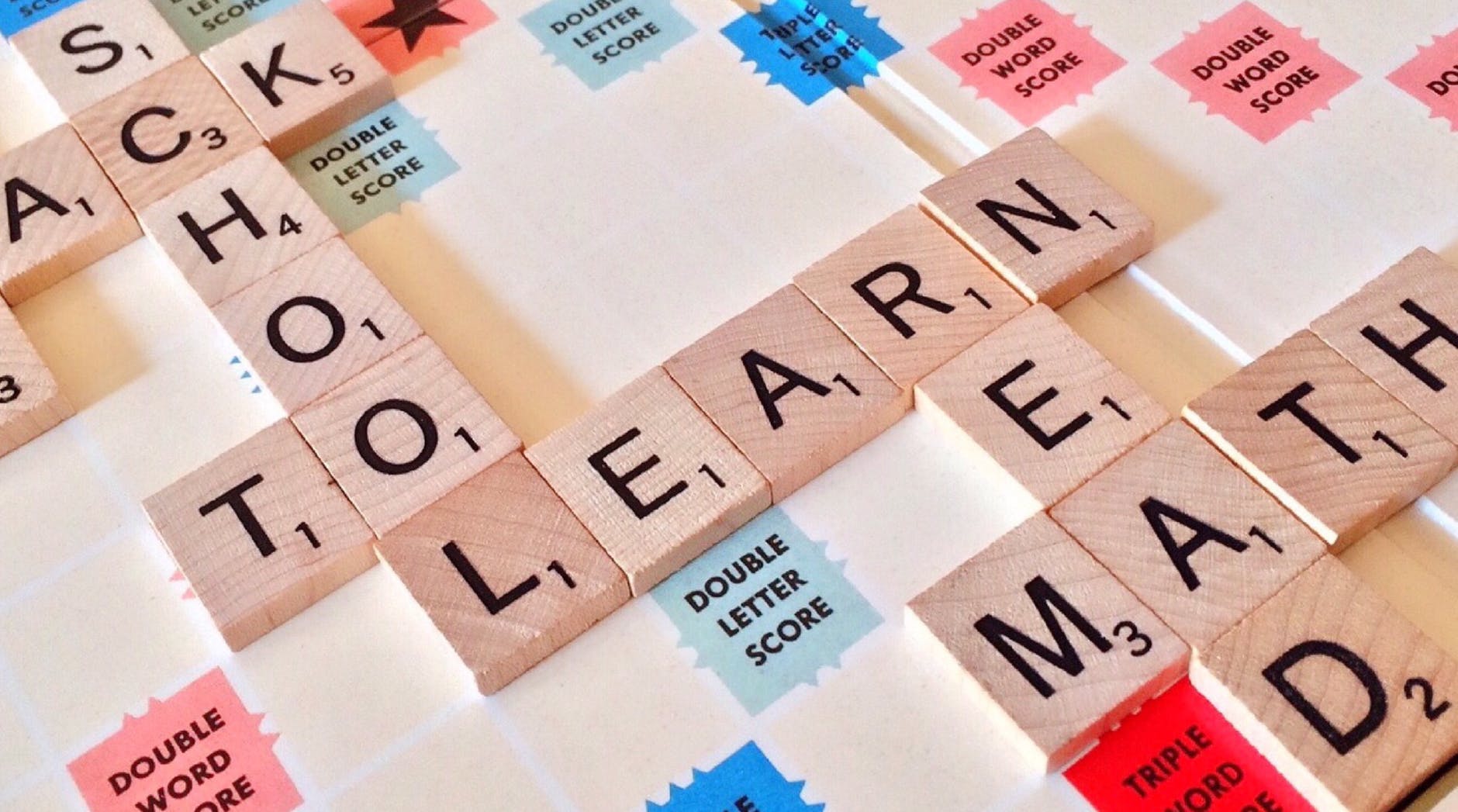by Sherry Shahan
Simply put, a ‘listicle’ is a catchall phrase for a short article arranged as a list. Each numbered item expands on the topic in simple, succinct sentences. Rarely is an individual item given more than a paragraph.
Young readers are drawn to listicles because they offer information in easily digestible chunks—as opposed to trying to absorb concepts plopped on a page in an inky mass.
Most listicles have an introductory paragraph, as above. Numbered sub-headings give readers a feeling of accomplishment. We’re pulled forward from one numbered item to the next. A listicle is easy to set aside and return to later. There’s the added element of curiosity. What’s next?
I like creating listicles because they’re uncomplicated. I never fret over writing transition sentences because there aren’t any!
I’ve sold listicles to a variety of children’s magazines, including Highlights for Children and High Five. One piece featured different types of houses found around the world—from a log cabin in Alaska and a fortified castle in England to an underground home in a mining town in Australia. Bonus: I illustrated the piece with photographs, which increased both my payment and exposure as a photographer.
5 Listicles I wish I’d written:
1. “Top 10 Fun Travel Car Games For Kids” (Boys Quest)
2. “7 Great Gadgets for Lighting Up Your Campsite” (Scouts Life)
3. “9 Animals That Changed the World” (National Geographic Kids)
4. “The 5 Phases of Jumping” (Young Rider)
5. “15 Mood-Boosting Affirmations to Nix the Winter Blues” (Girls Life)
10 Dos For Writing a Listicle:
- Do pick a fresh topic. “10 Birds That Nest in Trees” is too broad. “10 Birds That Don’t Nest in Trees” is intriguing. Rework your angle until it’s utterly original.
- Do ask yourself if your topic makes sense as a list. Narrative nonfiction may be a better approach if you want to write about your experience snorkeling with penguins
- Do create a catchy title. The title is the number one reason readers decide whether or not to read your list. Think short, an attention grabber.
- Do be true to the title. Consider “10 Dogs and Their Jobs.” Your loveable, face-licking family pet probably won’t fit this category.
- Do add a number in the title. One editor told me that lists with numbers in the title seem to perform better. Another study shows that odd numbers draw more attention than even numbers, although the number 10 seems to be common.
- Do map out subheads before writing. Focus, focus, focus.
- Do vary sentence length, use specific details, and vivid language—as in all good writing.
- Do give readers more than one entry they wouldn’t expect. Surprise them!
- Do consider images, photos, or gifs to illustrate your topic. Look for visuals that reinforce your point and/or add humor.
- Do put numbered items in a logical order. The last entry should offer a sense of closure.
Listicles can also be used when creating books for young readers. My 24-page photo-illustrated book Working Dogs has a simple premise. Each dog—from a search-and-rescue dog and a sheepherding dog to a seeing-eye dog—received a simple paragraph describing its working duties. The manuscript was basically organized as a list.
People of all ages love lists. In fact, you just finished reading one! Compose your listicles with originality and powerful writing and you’ll be seeing them in print in no time.
For more fantastic content, community, events, and other professional development opportunities, become a member today! Not sure if there is a chapter in your area? Check here.
Sherry Shahan’s novel in free verse and traditional poetics PURPLE DAZE: A Far-Out Trip, 1965 highlights a tumultuous year in history. Her short-form writing has appeared in Highlights For Children, High Five, Boys Life, Cricket, and Cobblestone and elsewhere. She holds an MFA in Writing for Children and Young Adults from Vermont College of Fine Arts.
Header image by Pixabay on Pexels.com. Book cover images and author photo provided by author.





What a great post! Thank you! Listicles are something I’ve never really thought about before.
LikeLike